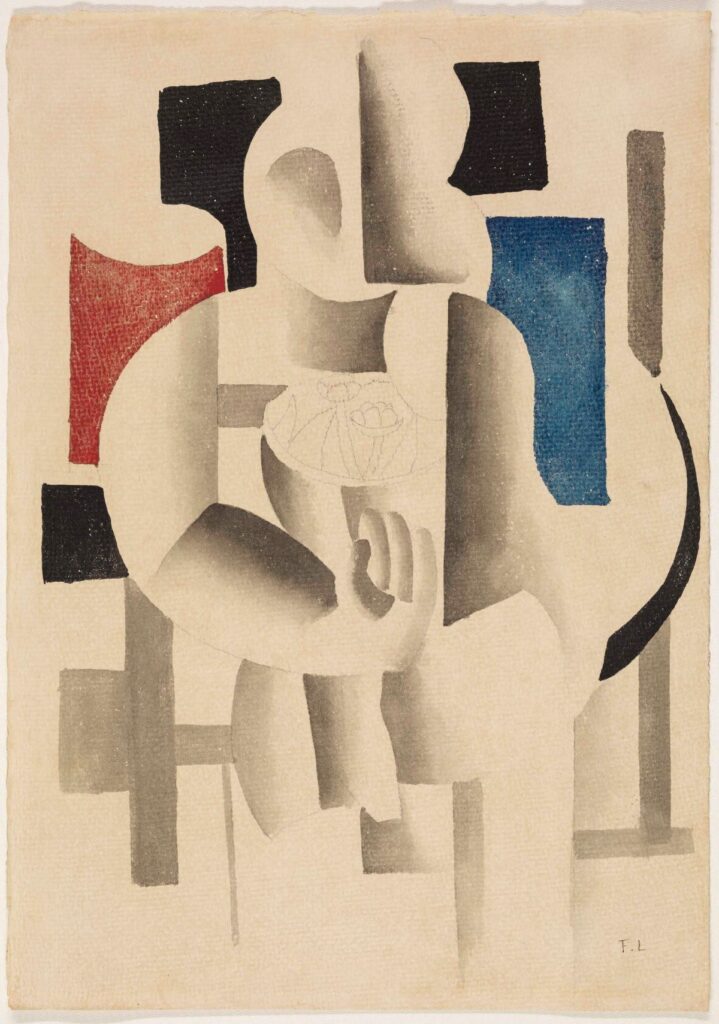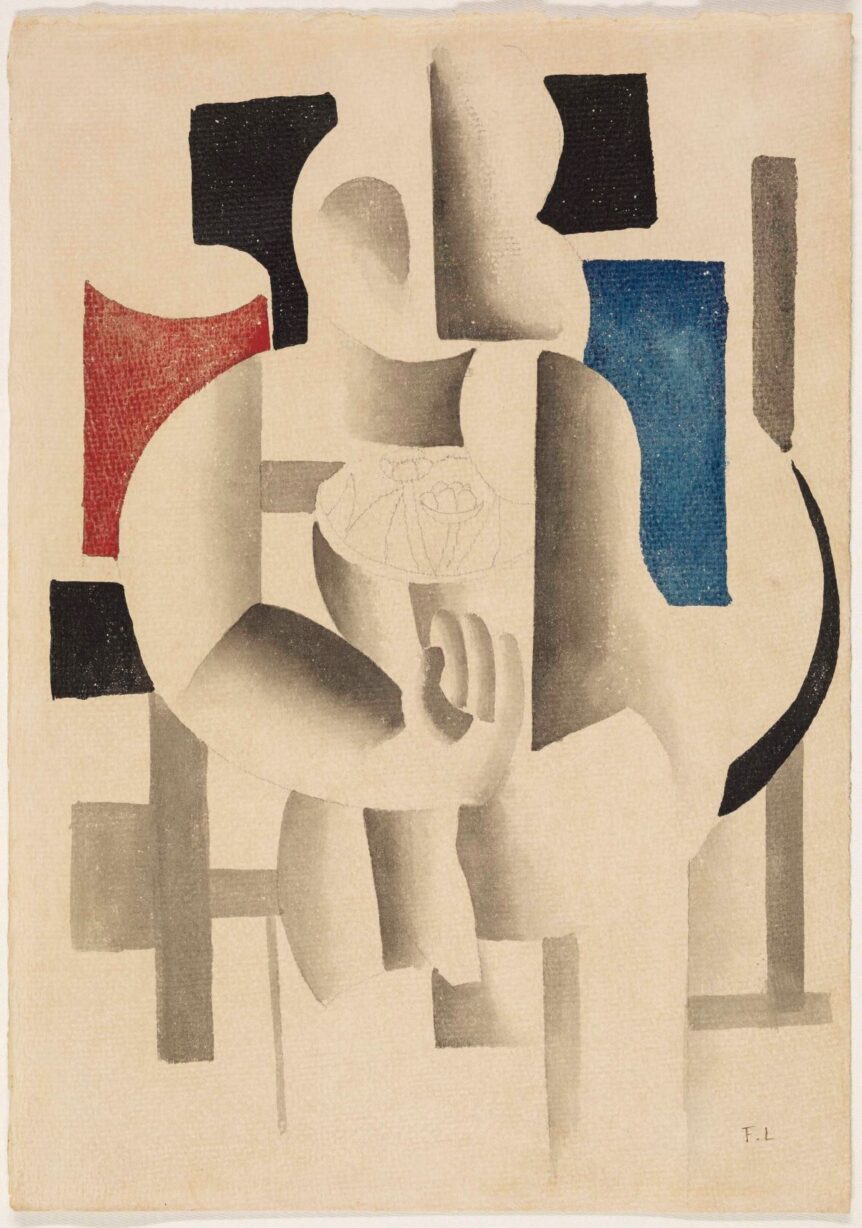
Woman with a Bouquet by Fernand Léger (1881–1955), 1921. Detroit Institute of Arts, Michigan, bequest of Margaret Herz Demant, © 2023 Artists Rights Society (ARS), New York /ADAGP, Paris.
Cubism was the hot new thing when the movement emerged in the Paris art world in the first decade of the twentieth century—baffling to some, fresh and exciting for most. But in a few years, following the devastation wrought by World War I, cubism seemed stale to many artists. Pablo Picasso abandoned the style; others began to experiment with different approaches to making art. Something new was on the way.
What that was is the subject of After Cubism: Modern Art in Paris, 1918–1948, a current exhibition at the Detroit Institute of Arts showcasing 120 paintings, drawings, prints, and photographs from the museum’s collection. The show takes its title from that of a 1918 manifesto written by artists Amédée Ozenfant and Charles-Édouard Jeanneret (who later, when he turned to architecture, renamed himself Le Corbusier) espousing a new type of art that has come to be known as purism: art that is abstract, yet orderly, depicting people and objects as elementary forms without detail. Fernand Leger’s Woman with a Bouquet is a good example of the style in the DIA exhibition.
Surrealism also appeared in the postwar years. Art that drew on dreams and the subconscious for imagery was sparked by advances in psychology as well as the conspicuous presence in Paris of many veterans suffering from mental trauma as a result of their battlefield experience.
The development of art photography was another keynote of the period, as artists such as Brassaï and Man Ray turned what had been a documentary medium into something rich and strange.
After Cubism: Modern Art in Paris, 1918–1948 • Detroit Institute of Arts, Michigan • to January 7, 2024 • dia.org

